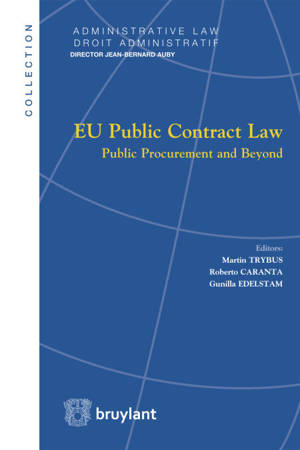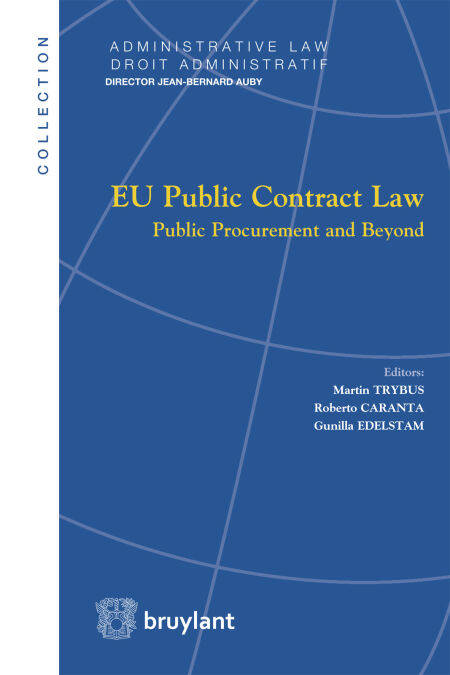
- Afhalen na 1 uur in een winkel met voorraad
- Gratis thuislevering in België vanaf € 30
- Ruim aanbod met 7 miljoen producten
- Afhalen na 1 uur in een winkel met voorraad
- Gratis thuislevering in België vanaf € 30
- Ruim aanbod met 7 miljoen producten
Zoeken
EU Public Contract Law E-BOOK
Public Procurement and Beyond
€ 129,99
+ 129 punten
Omschrijving
This book analyses many aspects of the present EU regulatory framework for public contracts, especially public procurement, taking the ongoing reform process into account. First, several chapters discuss the regime of the Public Sector Procurement Directive 2004/18/EC governing the procurement activities of the EU Member States, the coverage of the Directive, qualification and technical specifications, procurement procedures, and award criteria.
A specific chapter describes the EU principles applicable to contracts not covered or partially covered by the Directive, which have been the subject of relevant developments in the case law of the European Court of Justice. Another chapter covers sustainable procurement.
Second, three chapters are devoted to special procurement regimes, namely public private partnerships, defence and utilities. Third, the review and remedies regime for public procurement is covered in two chapter. Fourth, one chapters goes beyond public procurement and looks at the effect of EU law on the contract management of public contracts, after their conclusion. Fifth, three chapters go beyond the regulation of the Member States and look at the EU law regime applicable to contracts of the EU institutions. Sixth and finally, a concluding chapter provides a critique of the EU legal framework by an author from outside the EU.
A specific chapter describes the EU principles applicable to contracts not covered or partially covered by the Directive, which have been the subject of relevant developments in the case law of the European Court of Justice. Another chapter covers sustainable procurement.
Second, three chapters are devoted to special procurement regimes, namely public private partnerships, defence and utilities. Third, the review and remedies regime for public procurement is covered in two chapter. Fourth, one chapters goes beyond public procurement and looks at the effect of EU law on the contract management of public contracts, after their conclusion. Fifth, three chapters go beyond the regulation of the Member States and look at the EU law regime applicable to contracts of the EU institutions. Sixth and finally, a concluding chapter provides a critique of the EU legal framework by an author from outside the EU.
Specificaties
Betrokkenen
- Uitgeverij:
Inhoud
- Taal:
- Engels
- Reeks:
Eigenschappen
- Productcode (EAN):
- 9782802741671
- Verschijningsdatum:
- 12/12/2013
- Uitvoering:
- E-book
- Formaat:
- ePub

Alleen bij Standaard Boekhandel
+ 129 punten op je klantenkaart van Standaard Boekhandel
Beoordelingen
We publiceren alleen reviews die voldoen aan de voorwaarden voor reviews. Bekijk onze voorwaarden voor reviews.







